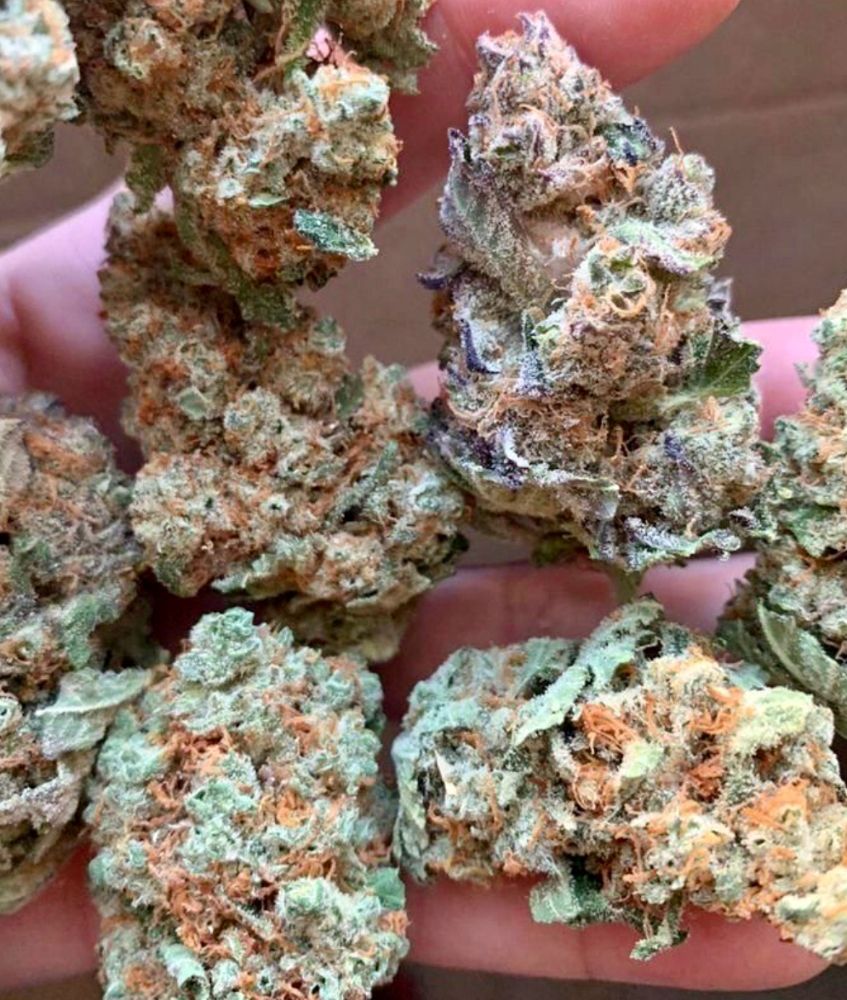The Only Guide to "The Pros and Cons of Light Deprivation Weed: Is It Worth the Investment?"

Taking full advantage of Turnout with Light Deprivation Techniques for Cannabis Cultivation
Marijuana farming is a complicated method that needs cautious focus to particular to obtain the intended yield. One of the techniques marijuana farmers can easily improve their turnout is through utilizing light starvation approaches. Light deprivation recommends to a method where farmers maneuver the lightweight cycle of marijuana plants in the course of their development phase, which essentially leads to much higher yields and far better high quality weeds.
This post explores how lightweight deprivation procedures work, the benefits they give, and how cannabis cultivators can use them to optimize their yield.
What is Light Deprivation?

Light deprivation involves adjusting the amount of illumination that cannabis plants obtain during their development pattern. Commonly, cannabis plants require 12 hours of uninterrupted darkness each time during the course of the flowering phase. By controling this light cycle, growers may require plants into flowering previously than common or delay them coming from getting in the flowering phase.
When made use of correctly, this method leads in greater returns and even more potent weeds matched up to standard growing procedures. The strategy is prominent one of office cultivators because it enables them to collect numerous plants throughout the year instead of simply one.
Benefits of Light Deprivation
1. Raised Yield: The primary benefit of utilizing lightweight starvation procedures is an boost in return. By controlling the quantity of illumination that plants get, growers can extend or reduce increasing seasons as needed. This implies they can easily collect numerous crops throughout the year instead of waiting for one harvest season.
2. Far better Quality Buds: Light-deprived cannabis vegetations generate denser buddies with higher THC focus than those grown under regular health conditions. This is because when plants are revealed to far fewer hours of sun light throughout their growth pattern, they possess even more time to cultivate trichomes (the resin-producing glandulars on cannabis flowers).
3. Pest and Disease Control: Through produce previously or eventually than normal, growers may avoid peak parasite and health condition periods when specific insects and microorganisms are most active.
How to Utilize Light Deprivation Techniques for Cannabis Cultivation
1. Find out the Optimal Time to Begin: The timing of light starvation is important for effectiveness. Cannabis gardeners have to calculate the optimal time to begin and finish their light pattern manipulation, relying on their area and marijuana pressure.
2. Decide on the Right Equipment: Light starvation calls for specialized devices such as blackout tarps, lightweight deprival bodies, or garden greenhouses along with blackout capacities.
3. Keep track of Your Vegetations Carefully: Gardeners need to monitor their vegetations closely in the course of this process. This consists of examining for indications of stress or damage resulted in through modifying light cycles.
4. Be Patient: Patience is a merit when it happens to making use of lightweight deprival procedures for cannabis cultivation. It takes opportunity for vegetations to change to improvements in their light cycle, so cultivators need to be patient and stand by for them to mature correctly.
Conclusion
Lightweight deprivation approaches offer a highly effective device for cannabis producers looking to make best use of yield and create high-quality buds constantly throughout the year. Through manipulating the volume of sunlight received through cannabis plants in the course of their development phase, farmers may regulate when they bloom, leading in denser buddies with greater THC focus and better insect control.
Nevertheless, this method demands cautious focus to particular and specialized equipment. More In-Depth have to pick the ideal equipment, observe their plants carefully in the course of the procedure, and be calm as they stand by for them to grow correctly.
